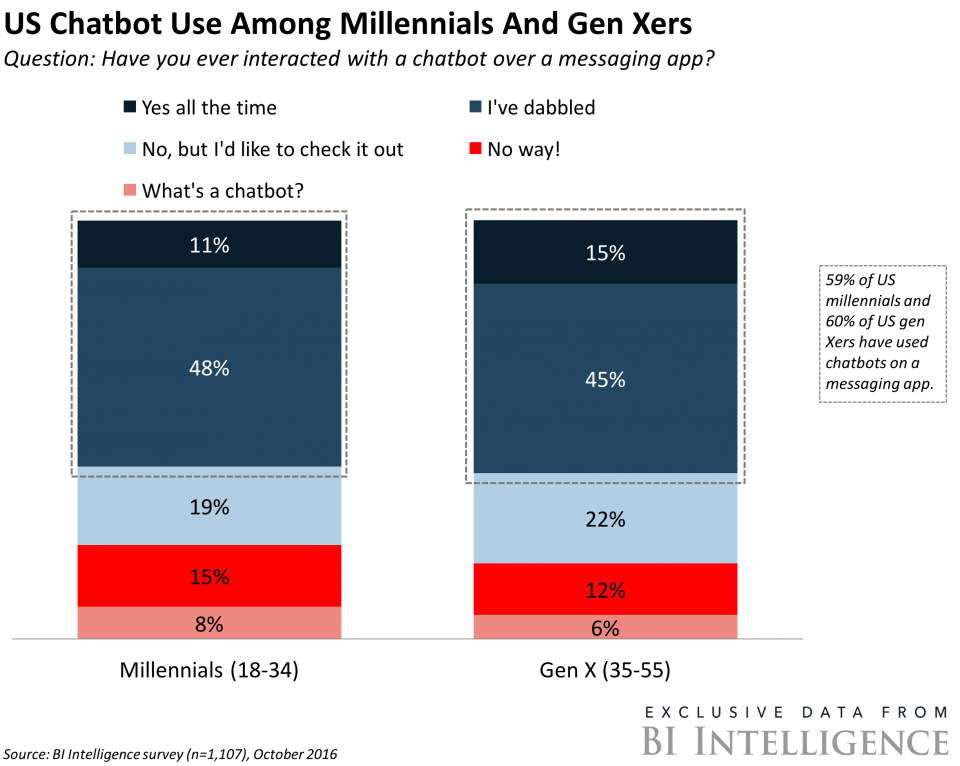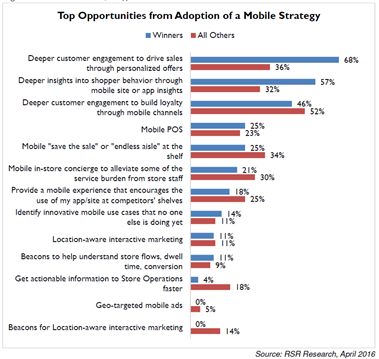If you’ve just blinked, you can mark about 69,000 text messages as sent across the U.S. And by the time you’ve finished reading this piece, 90% of the messages sent have been read. If those sentences are all you ever read about the messaging space, likely, they beg the question: What do I need to know to best reach my customers, in the right space, now? Messaging as a Platform (MaaP) is the paradigm shift in the way businesses and consumers are set to interact on messaging.
What is MaaP?
Messaging as a Platform includes all spaces where messaging occurs, from social spaces, like Facebook and Twitter, to messaging apps, WhatsApp and Kik, and, of course, SMS (texting). The space has grown enormously and it’s become a platform with extensive opportunities to create personalized reach. You can think of MaaP as another way companies can build and use apps within a message to reach customers. Though the words “chat,” and “messaging” can be used interchangeably and cause some confusion, the platform for reach encompasses any messaging space, whether it’s branded as “chat” or “messaging.”
MaaP isn’t new, per se, businesses have been courting customer personalization on mobile for over a decade via text messaging with the likes of discount offers, appointment notifications and reminders, or as added security verification. But the means to access users, advancements in how businesses interact and the enormity of the user-base is what’s currently compelling innovation toward apps and marketing within the space. As it relates to SMS, some mobile operators have started moving from SMS when operators rolled-out Rich Communication Service (RCS) Masseging. With the advent of this service, businesses have more options for increased personalization, though to date, SMS is still the most widely used protocol.
Additionally, messaging apps, such as Facebook Messenger, have opened their doors to third-party developers to create services within messaging apps as a substitute for apps outside of it — such as checking the weather or your bank balance.
With a rich and diverse means of accessing consumers, it can be challenging to know how to calibrate. Starting with these three broad strokes are a best practice approach to adopting a MaaP strategy:
1. Respond Quickly
According to GSMA’s MaaP Report, if you’re not shifting from your current Application-to-person (A2P) texting to a MaaP “advanced messaging” technology, you may be missing out on value and revenue, and lose revenue if you continue to interact with your customers solely by A2P SMS. Start by increasing your A2P service and communication strategy now to best position your business and customers for this migration.
2. Adopt the New Paradigm for B2B Interaction
Currently, users are forced to download different apps in order to communicate on each app. What’s more, it can be challenging for new players to enter the messaging space, which is dominated by a handful of brands. But instead of a competitor or vendor mindset, businesses and providers will need to adjust to a more linear relationship so that the Messaging as a Platform landscape is more user friendly for its end-users — customers. With a shift in partnering and access, a brand chatbot used in one space for one purpose, down the road, can be accessed more widely across the platform.

Lest this stroke is too broad, you can think of it as a synergistic system where both platform providers and businesses work concurrently to provide optimum customer experience while still remaining competitive within business models and structures.

3. Start with Either AI or Human Customer Service
Whatever your business model and budget is, entering the space is what’s crucial. Gaining more information on users and user behavior can start whether you’ve added a chatbot to your service or you capitalize on human customer service now. Innovation within the space will continue to advance, but it’s the end-user experience and information gathering here that’s important now.
MaaP is the new direction and ecosystem going forward. This isn’t just because of technological advancements, but most importantly because it lessens friction points in customer experience and increases serviceability.
Subscribe to our Newsletter
Free Trial
Get Started With RCS
Business Messaging!
Unlock the power of RCS and revolutionize your customer engagement.


